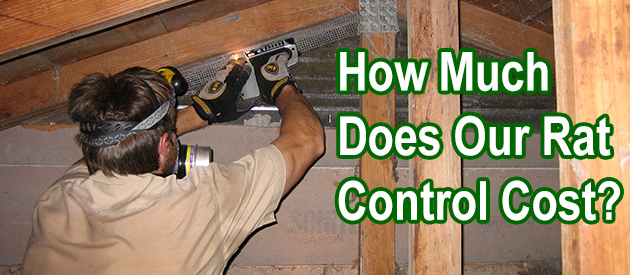Fairfield County, Bridgeport Rat Control Situation:
Hi, I found a live rat in my toilet bowl today. I was able to kill it and remove it. I have never seen any signs of rats in the house at all. I live in Fairfield County CT, Greenwich. Is there something I can install to prevent rats from getting into my toilet bowl via pipes in the future? Thanks in advance, Sincerely, Jay
I found your site on the web. We made an offer on a house North of Brdigeport CT and the inspection found a mouse infestation in the attic and crawl space. 14 on a scale of 1-10 according to our inspector. The house has been vacant for a year, so I can imagine it could be bad. While we are working with the seller to correct (rid, prevent and clean) (Andersen Pest and Servicemaster) I am curious from your experience can it ever really be corrected? I mean I know there is always a chance for mice, but is this an acute problem we can deal with if done correctly or is this going to be a chronic problem where we will be dealing with it for the next 30 years? I want the house, but I have two small children so their health and safety is my primary concern. Thanks, Julia
Bridgeport Rat Control Tip of The Week
The Myth That Poison Makes Rats Thirsty And Die Outside
No, rat poison doesn't make the rat thirsty. Poison doesn't make the rodent go out to drink, and along these lines die outside. Rat poison makes the rat dormant, and it dies any place it happens to be at when the poison takes effect. Since the rats living inside a house or building invest most of their energy inside the structure, they usually die inside that building, not outside.
Will Poison Make A Rat Thirsty And Die? (NO - That's A Myth)
Individuals use poisons since they think it is a protected, viable, hands-off strategy for evacuating pests. They have certain thoughts regarding it, but what amounts of those thoughts are true? One thought many convey is that poison will make rodents thirsty. When they consume the poison, they will out of nowhere have a solid, insatiable thirst. That will lead them outside, looking for water, where they will inevitably die. With this thought, poison appears to be the undeniable answer. It gets the rats out and kills them, getting rid of your concern with few to no drawbacks. The problem is, none of that is valid. Poison won't have this impact on rats or mice, or some other animal so far as that is concerned.
Using poison doesn't prompt thirst. It won't cause the rat(s) to leave the property, and go outside to find water. None of this is true; they are all myths. Poison will kill rats, however, not through thirst. Poisons kill rats in different ways, contingent upon the kind of poison you use. No poison will make the rodent want to leave the property whatsoever.
With each one, there is a higher possibility of the rat dying in your home. Ordinarily, this is going to mean within your dividers. Poisoned rats and mice are likely going to build up inside the dividers, and that is if they all eat the poison. There are various issues with poison, such as its ability to kill other animals, and the pain it inflicts on the rats, which adds to the negatives of it as a solution to pest invasions.


